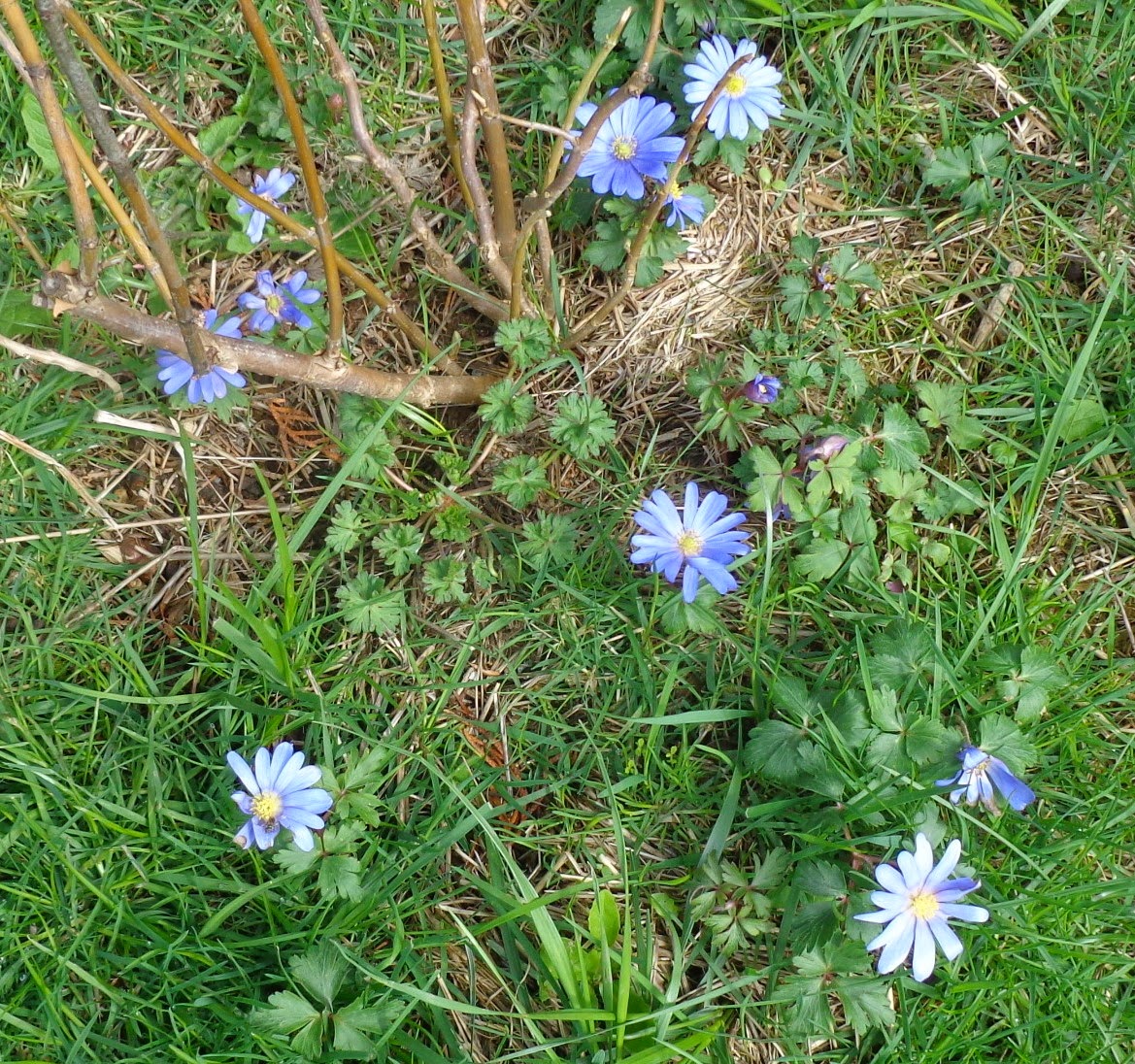 |
| Starks Packaging |
 |
| The tree arrived with no damage at all |
The rationale for buying a Jonared was mainly nostalgia. Jonanared is a sport of Jonathan, so considered genetically almost identical, except for the redder coloration of Jonared apples. From the website Orangepippin.com, Jonared originated in Peshastin, WA in 1934. From the same website, Jonathan is a seedling of Esopus Spitzenberg, introduced 1864. It is diploid, and partially self fertile.
My parents grew a Jonathan or derivative in their yard. They planted it the year I was born. The apples are smaller than most grocery apples, crisp, with a fresh sweet tart flavor. I remember they were considered pie apples, but now I would consider them fresh eating apples.
Flowering is mid season, harvest is late season. Jonared does not have enhanced disease resistance properties.
 |
| The central trunk and roots appear healthy. Nice root mass. |
 |
| Planted, watered in, staked, mulched. |
The pruning was different from my others. Each of the branches was shortened to 4 to 8 inches long. The pruning cuts were angles such that when planted, they were horizontal. I cut just slightly shorter, so rain will not stay in the pruning cuts.
This tree went into the same row as the multigrafts and the Karmijn Sonnevelt minidwarf. The rootstock was not described. The tree is described as dwarf.
I added a small amount of lime to the soil and mixed it in beforfe planting. I added a small amount of epson salts - magnesium sulfate - to the water when I watered it in. I mulched with leaf compost, staked, and caged against deer.
It is raining. The tree will settle in quickly. No apples this year. It looks robust and healthy, so many next year or the year after.
It would be interesting to cross Jonathan with one of the columnar MacIntosh descendents, select columnar seedlings, and see what happens.











